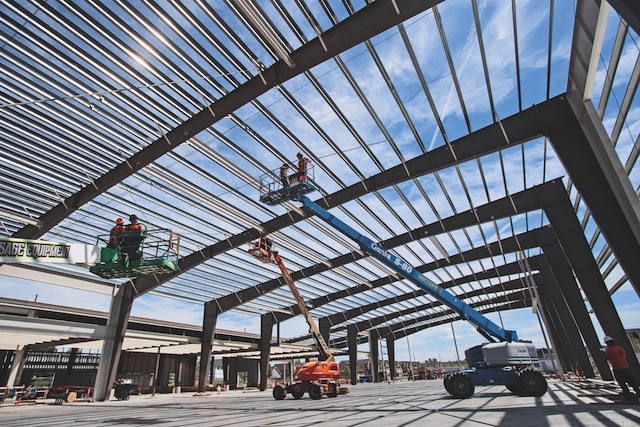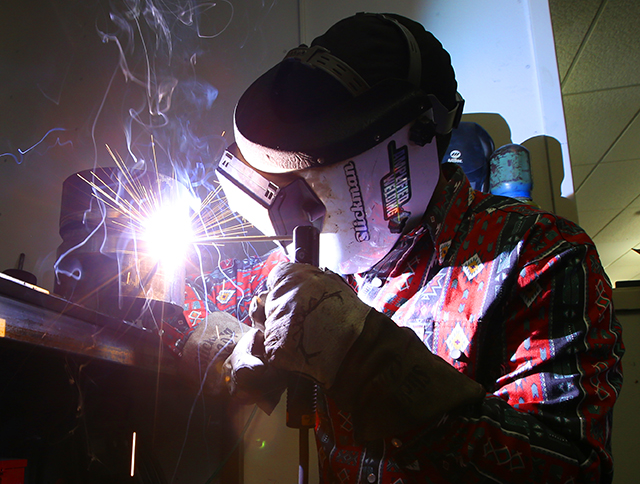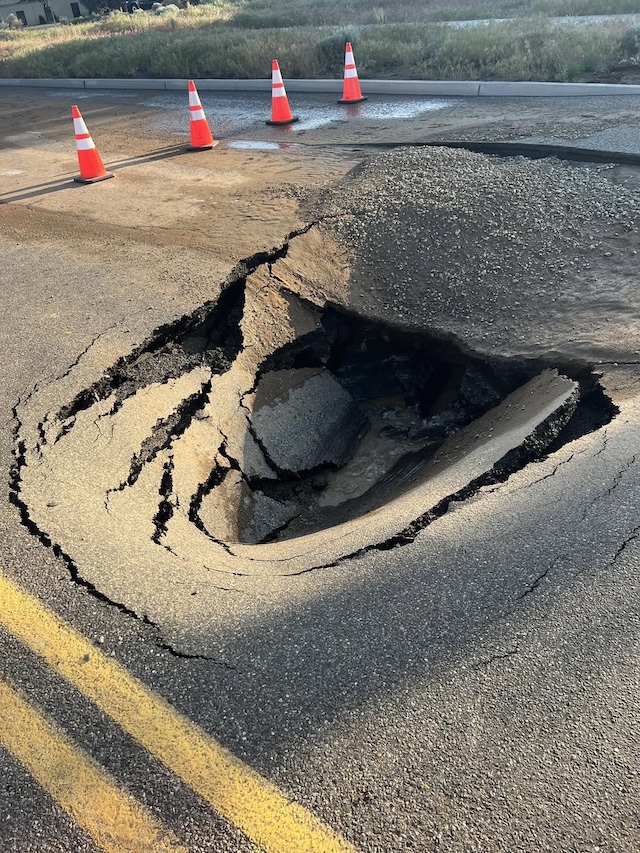Column: How people come to be homeless
Published 2:15 am Tuesday, August 22, 2023
Question: Why and how did homelessness become such a big issue? I hope this article will give more insight to the state of homelessness, not only in our city but in the entire country.
I have worked with this population for more than 30 years, not only on committees and boards but “hands on” in many different settings including hospitals, mental health clinics, PIT count, service provider centers and street medicine. Going into camps and providing food and other necessities, I was able to develop relationships and have many stories regarding this diverse population.
So how did this current crisis happen? There are many different reasons. The working poor, unforeseen life circumstances, life choices. But the majority of homeless people are mentally ill. Alcohol and other drugs play a part as well.
My focus was and still is on the mentally ill. Why? Because this type of illness results in behavioral changes, leaving them judged, bullied and ignored. Mental illness is not a choice, but an illness like any other. The difference is in treatment and how clinics, psychiatrists, social workers and even families have their hands tied.
This backstory will help explain why.
In 1980, the outgoing president at that time provided grants to community health centers called the Mental Health Systems Act to take effect in the incoming administration. In 1981 it was decided not to honor the prior administration’s act. In fact it was decided, in order to save money, to close all psychiatric hospitals as they were federally funded. Psychiatric patients were sent to mental clinics that were unprepared to treat or house the chronically mentally ill and the staff was not trained. There were few, if any, resources.
Some were sent to board and care homes, which were not managed by professional mental health staff. So many wound up on the streets.
The American Disability Act in 1990 decided to cover not only physical but mental disabilities. This act included patients rights to refuse medical assistance and medication. It allowed for a 72-hour hold only for mentally ill patients that were a danger to themselves or others. When discharged from the hospital they were back on the street as there was nowhere to send them. This remains the same today.
Currently, Oregon has one psychiatric facility in Salem that is only for the criminally insane. The hospital evaluates mentally ill who are arrested for a crime, but that’s the only psychiatric facility in the entire state. But that’s another story for another time.
So you see how elimination of the homeless is not quite that simple. Housing of course is desperately needed. But can we mix families with the mentally ill or anyone else with addiction? Are there any other options to discuss? Hopefully this will start a conversation.





